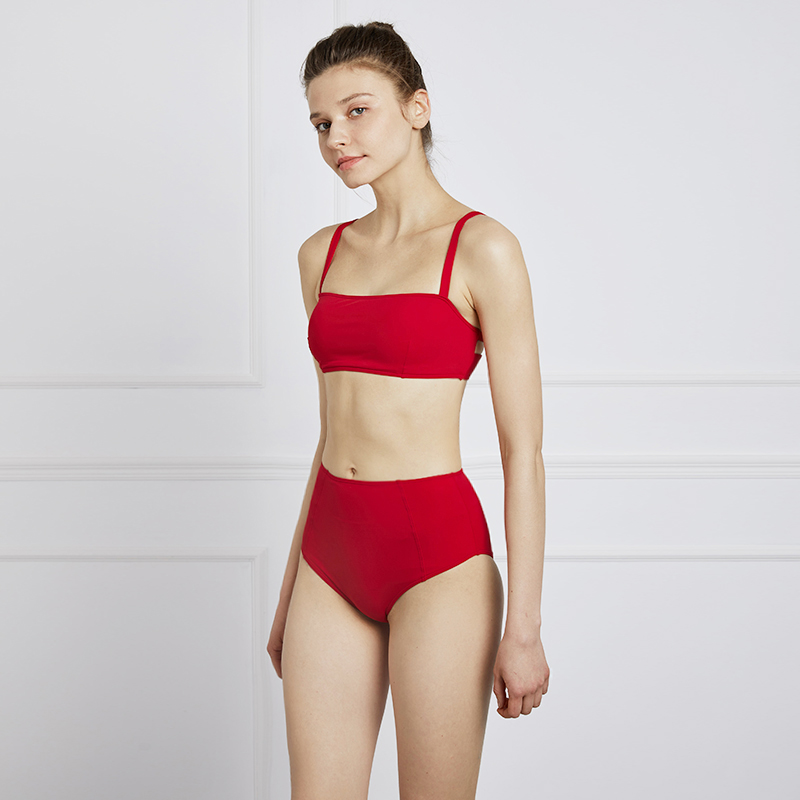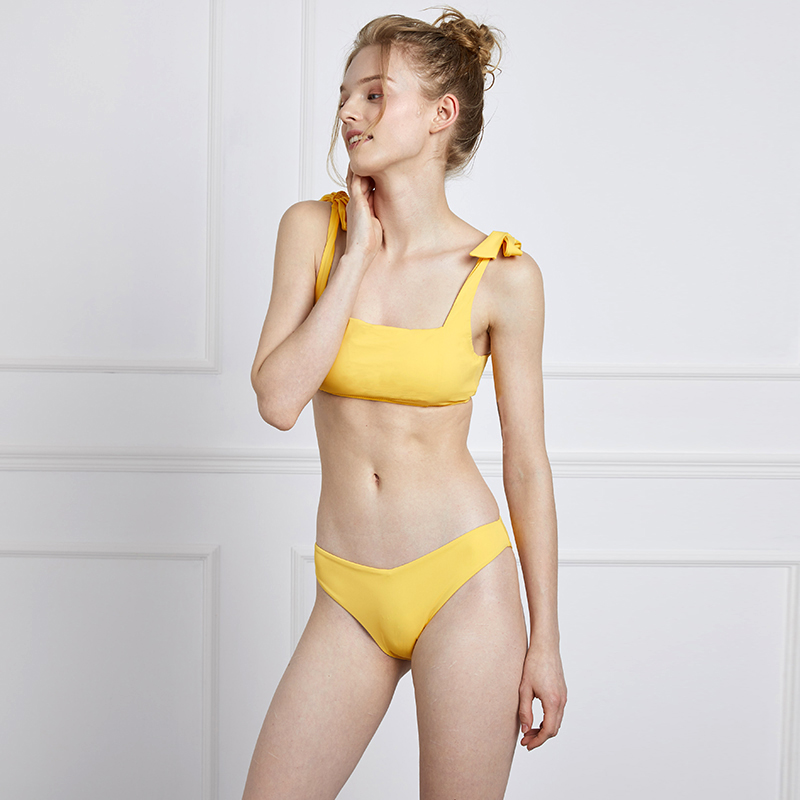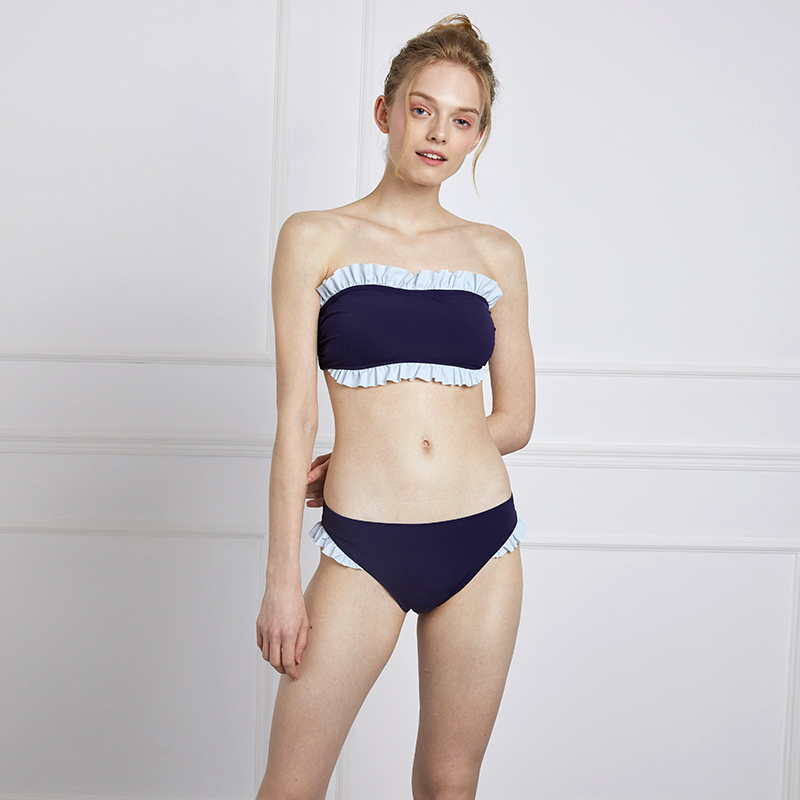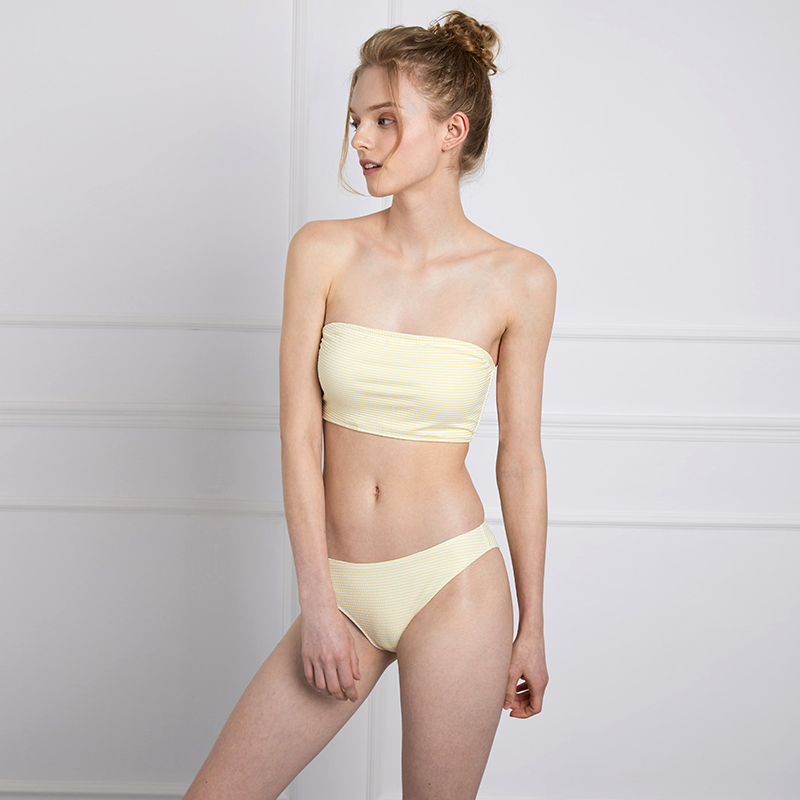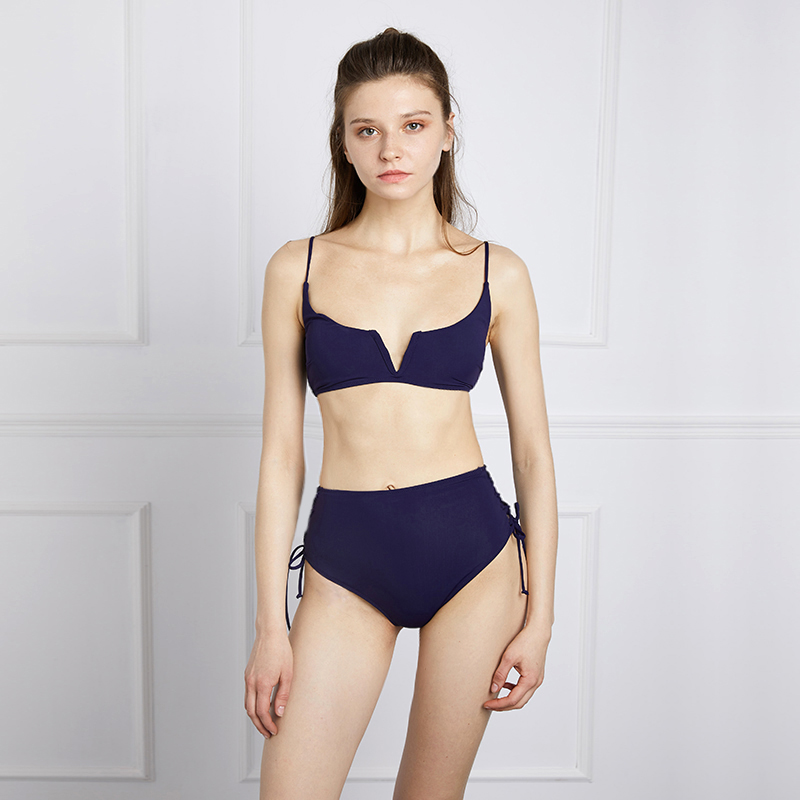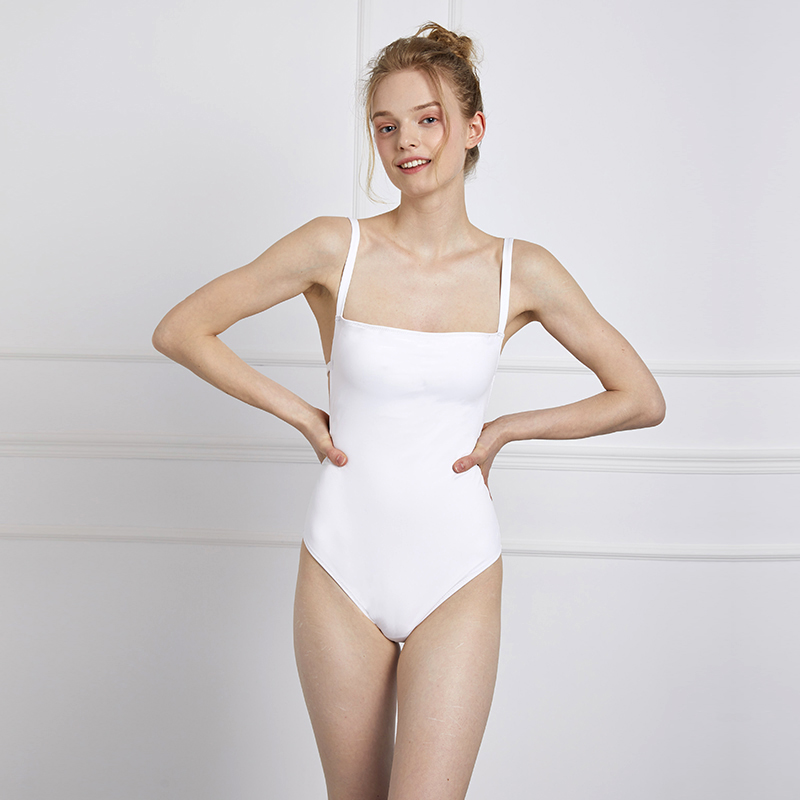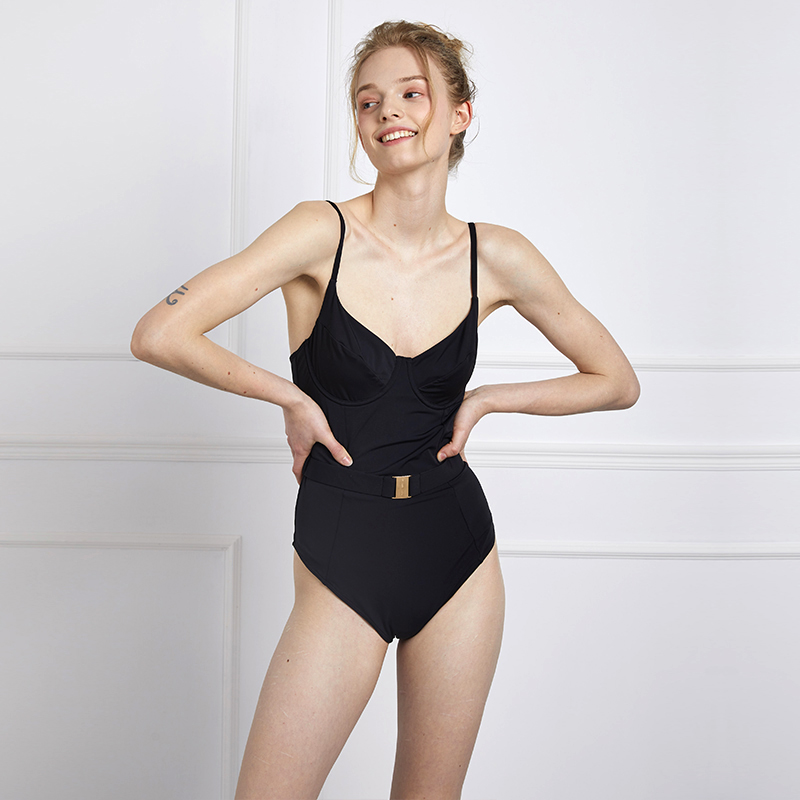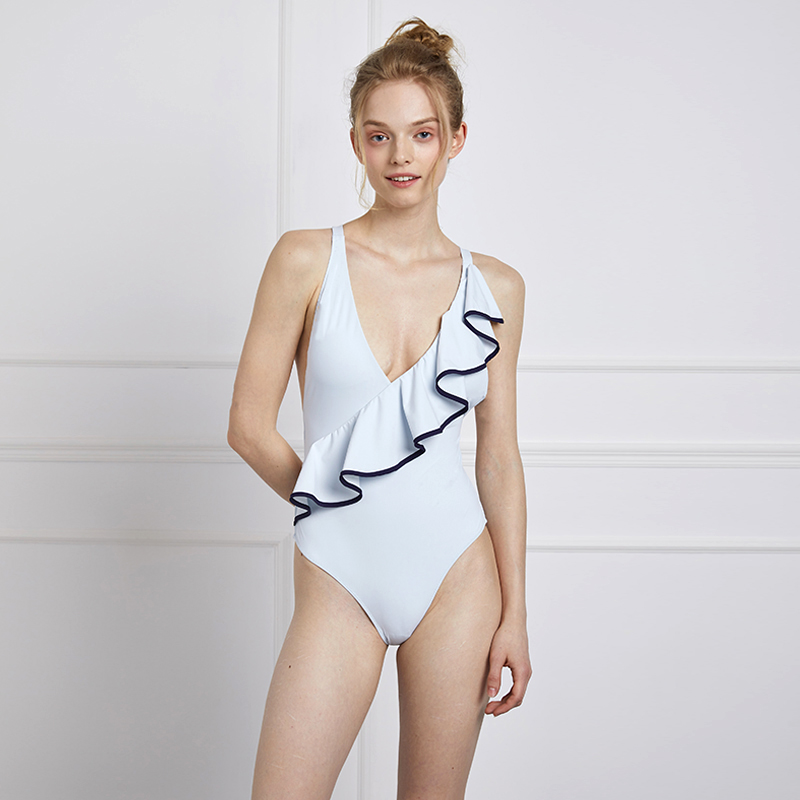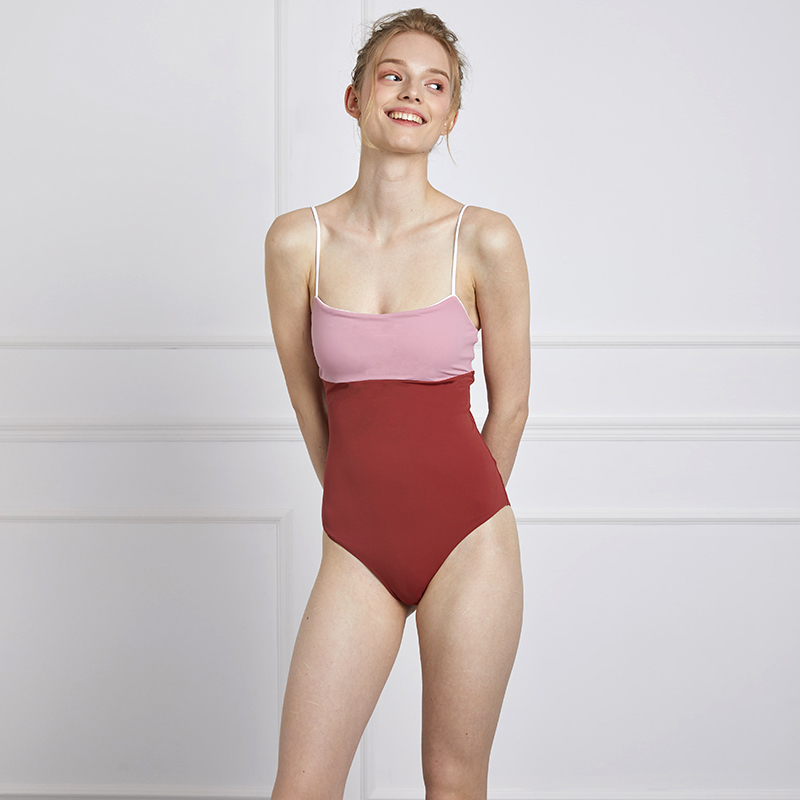If you are interested in some of our products, please feel free to visit our website or contact us for detailed information.
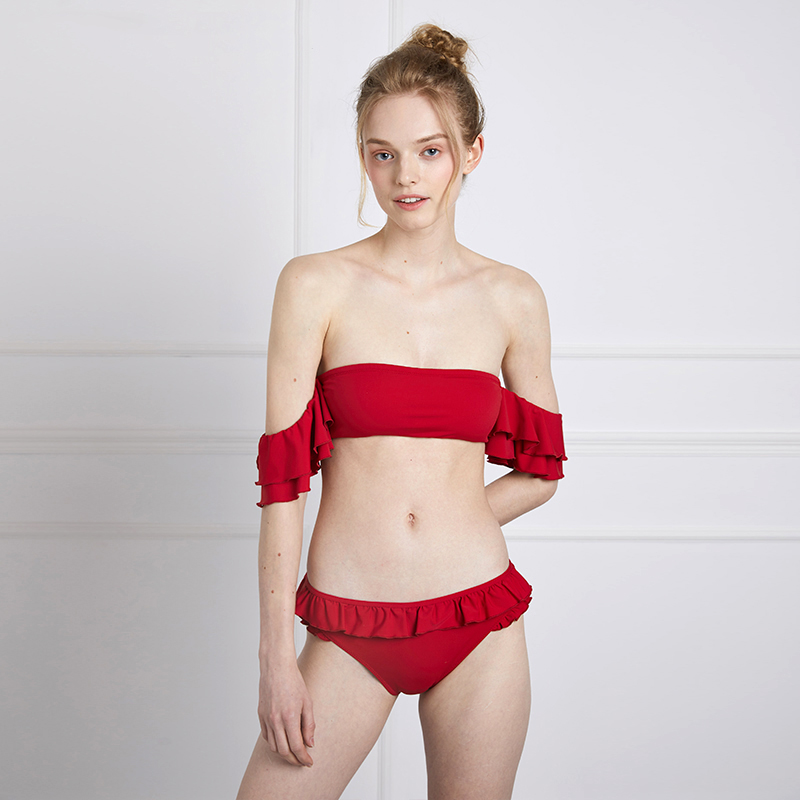
When the mercury climbs and beaches beckon, the bandeau bikini reappears like a perennial bloom. Its strapless, sleek silhouette promises little tan lines and maximal style, yet the recurring question remains: which body types actually suit it? The concise answer is that almost every figure can, provided the cut, fabric, and styling details are chosen with intention. Below, we unpack why.
To begin with, understand the engineering. A classic bandeau top is essentially a straight piece of fabric that wraps horizontally across the bust. Without straps to redistribute weight, the garment must rely on internal boning, silicone grip tape, a sturdy back clasp, or detachable halter strings for security. This means support is built into the structure rather than suspended from the shoulders. Consequently, cup size matters less than overall breast shape and torso length when predicting comfort.
Women with smaller busts—A to small C cups—often find the bandeau many forgiving. Lightweight padding or ruching creates gentle curves without bulk, while the absence of straps showcases toned shoulders and collarbones. Petite frames benefit from scaled-down panels that avoid overwhelming a short torso. Brands like Triangl and Solid & Striped now offer micro-bandeaus that sit higher on the ribcage, elongating the mid-section visually.
Yet the bandeau is far from exclusive to the slender. Full-busted women—D cup and above—can wear one successfully by seeking deeper bands, underwire, and power-mesh lining. High-end labels such as Hunza G and Karla Colletto use ruched seaming that flexes across several sizes, compressing gently rather than flattening. A thick, clasp-back band anchored at the mid-rib distributes weight horizontally, reducing strain on the neck and eliminating the dreaded “uni-boob.” Detachable straps convert the silhouette into a halter when active swimming is on the agenda, giving wearers the freedom to choose security over aesthetics on demand.

Rectangular or athletic shapes, characterized by shoulders and hips of similar width with a less-defined waist, can exploit the bandeau’s clean lines to create curvature. Opt for tops with center-front knots or sweetheart necklines; these details introduce a subtle focal point that tricks the eye into seeing an hourglass. Pairing the top with high-cut bottoms elongates legs, while side-tie briefs add volume at the hips for balance.
Curvier hourglass figures, blessed with naturally cinched waists, should look for wide side panels and thicker bands that embrace rather than constrict. Darker torso panels framed by lighter side slivers accentuate an already sculpted mid-section. In addition, molded cups with vertical darts lift and separate, ensuring the bust remains forward rather than spreading sideways.
Finally, torso length deserves attention. Long-torso wearers often struggle with standard bikini proportions; fortunately, many labels now sell “long line” bandeaus that extend an extra inch or two below the bust, visually shortening the mid-section and preventing ride-up. Conversely, short-torsoed women can choose cropped bandeaus paired with low-rise bottoms to lengthen the trunk.
In short, the bandeau bikini is less a privilege of a single body type and more a playground of strategic choices. Select the right architecture, and the strapless dream becomes an inclusive reality.
